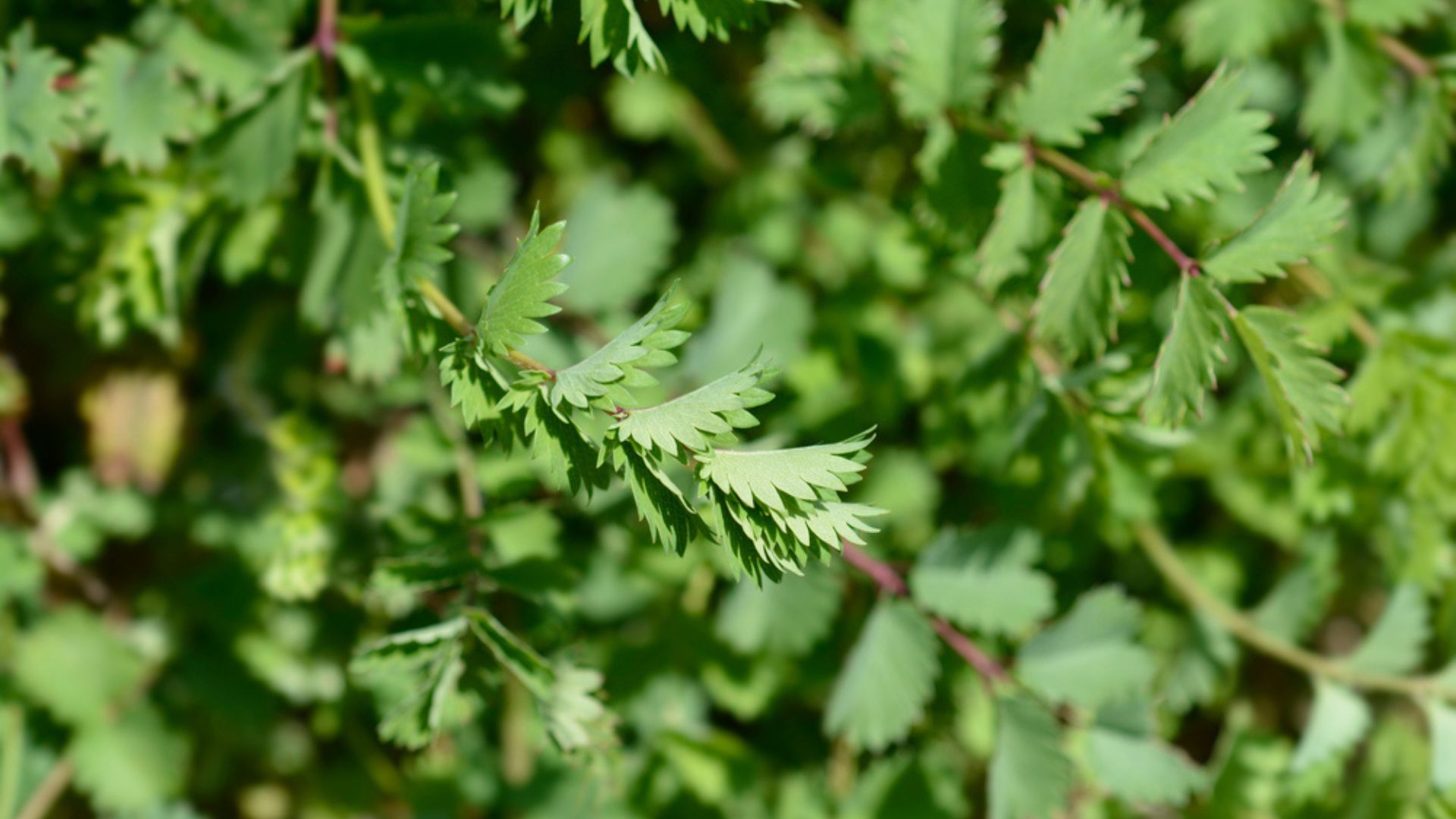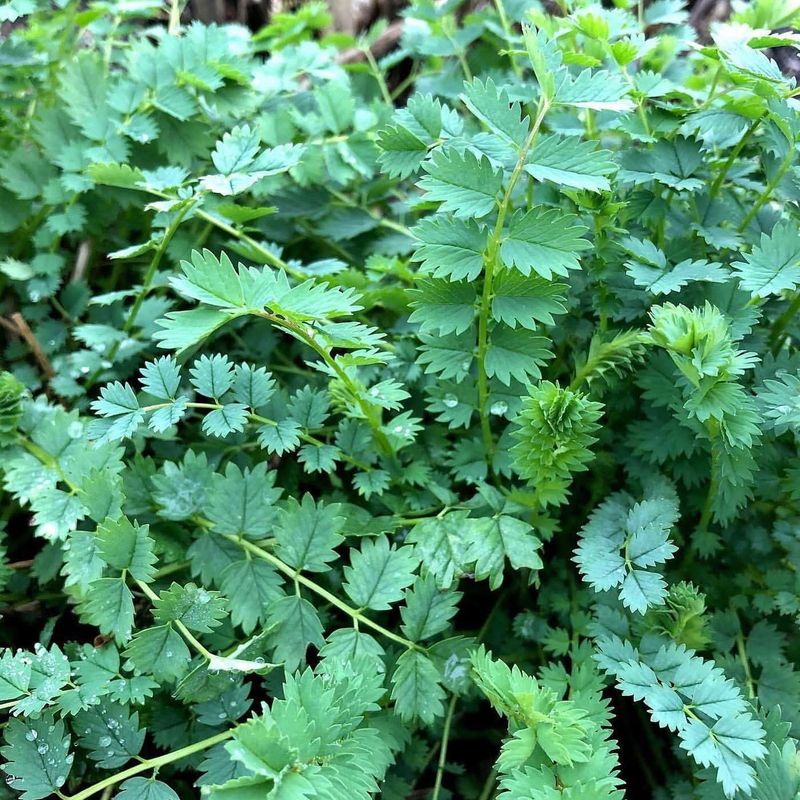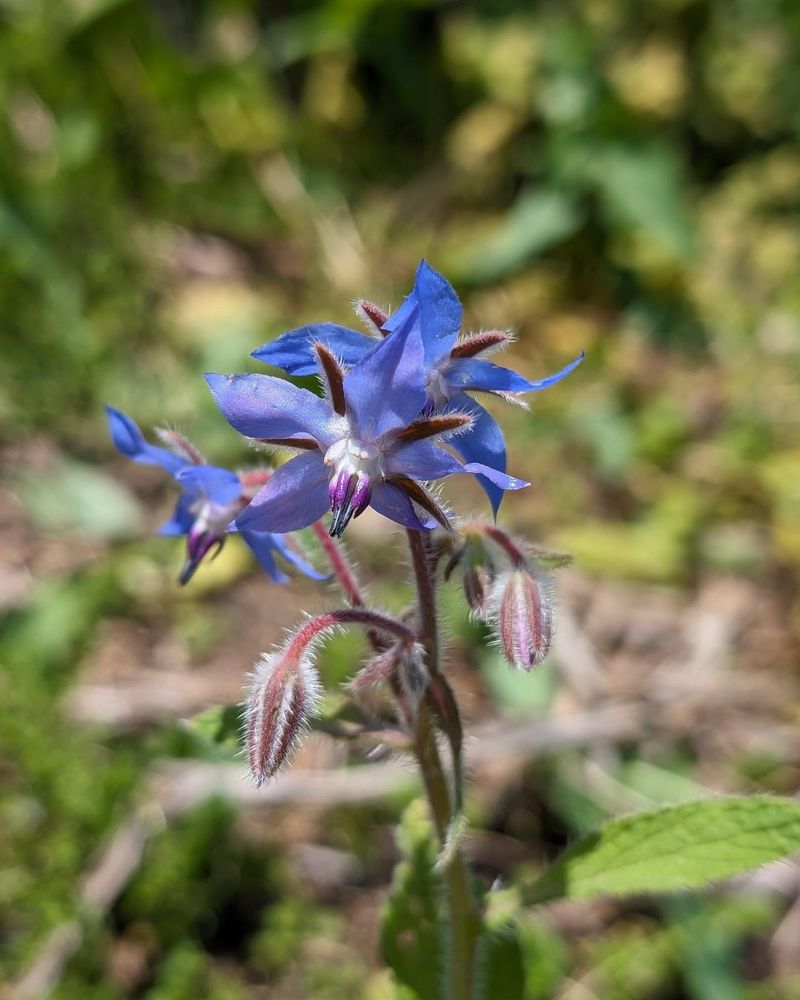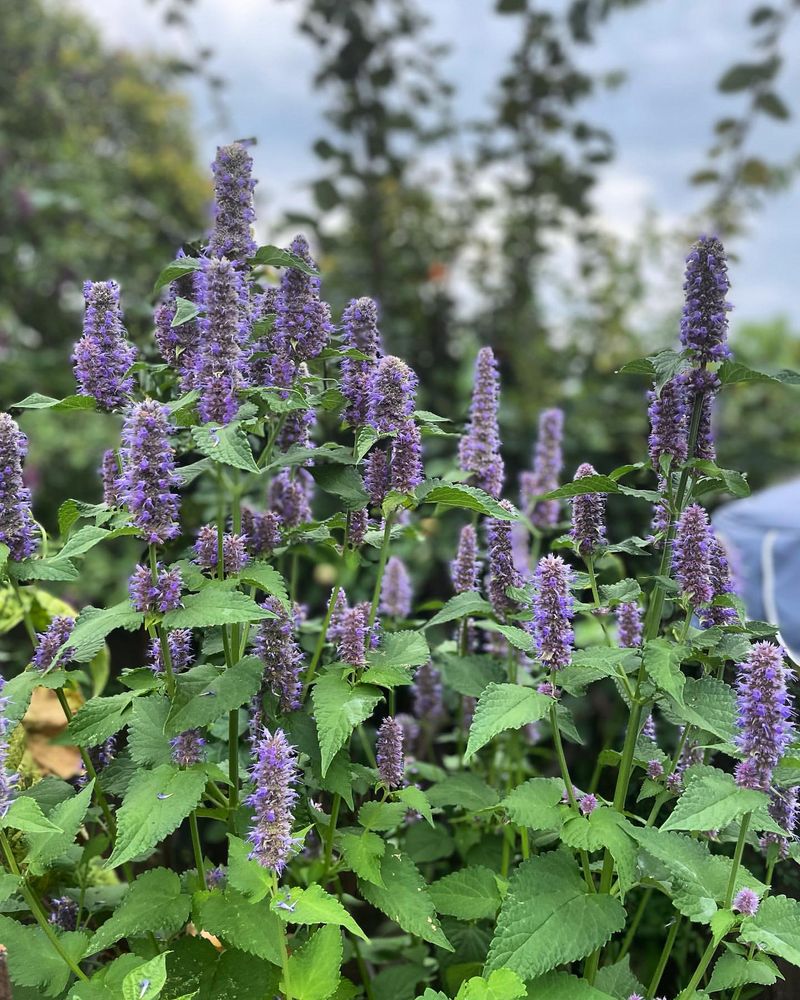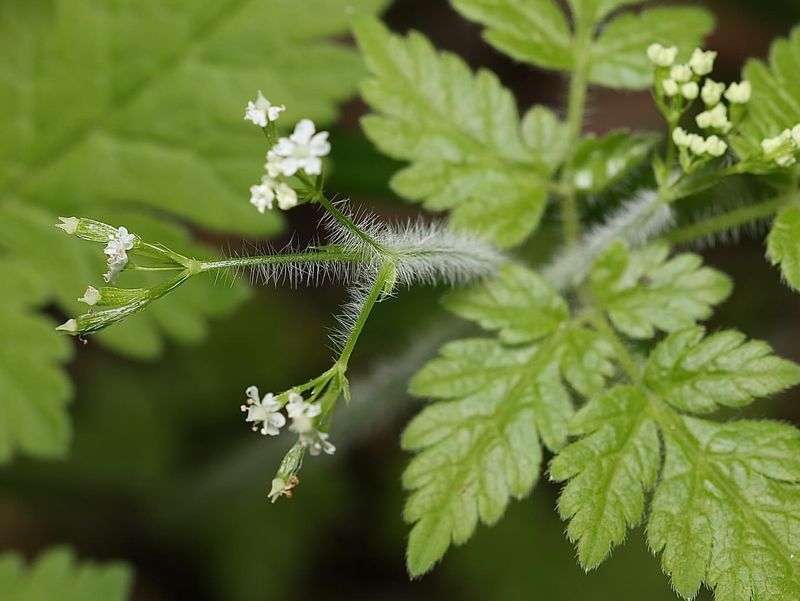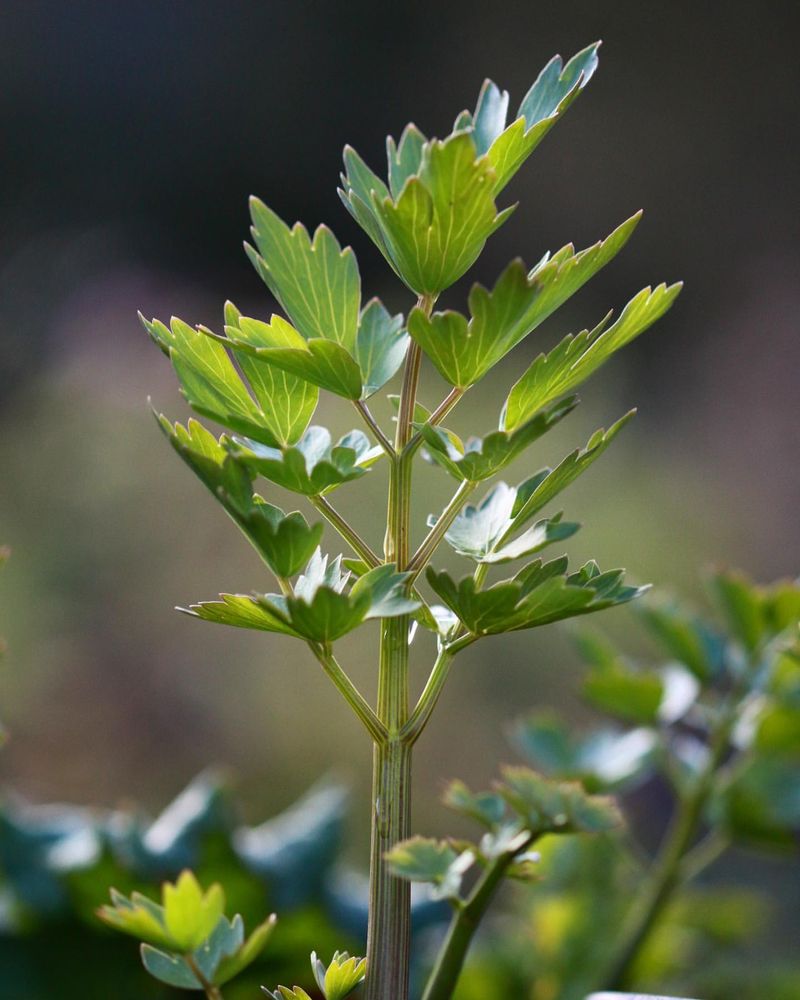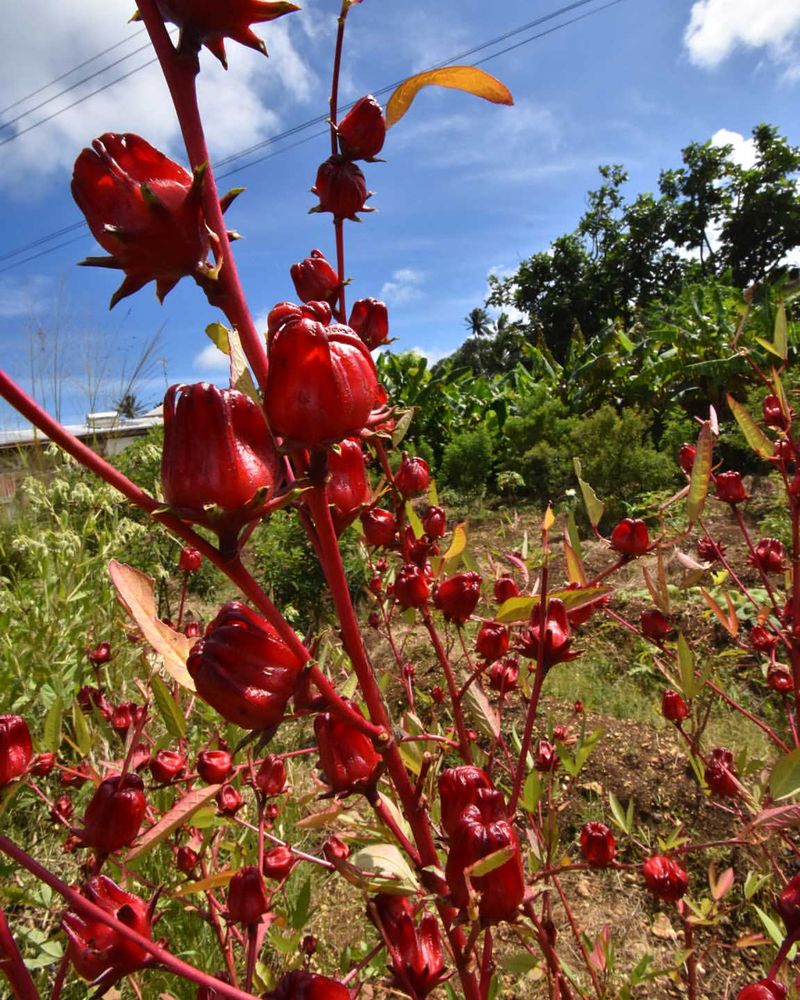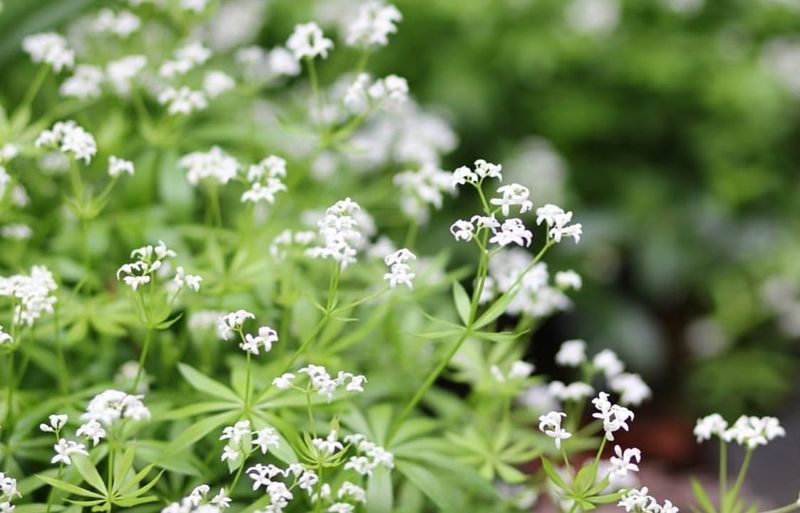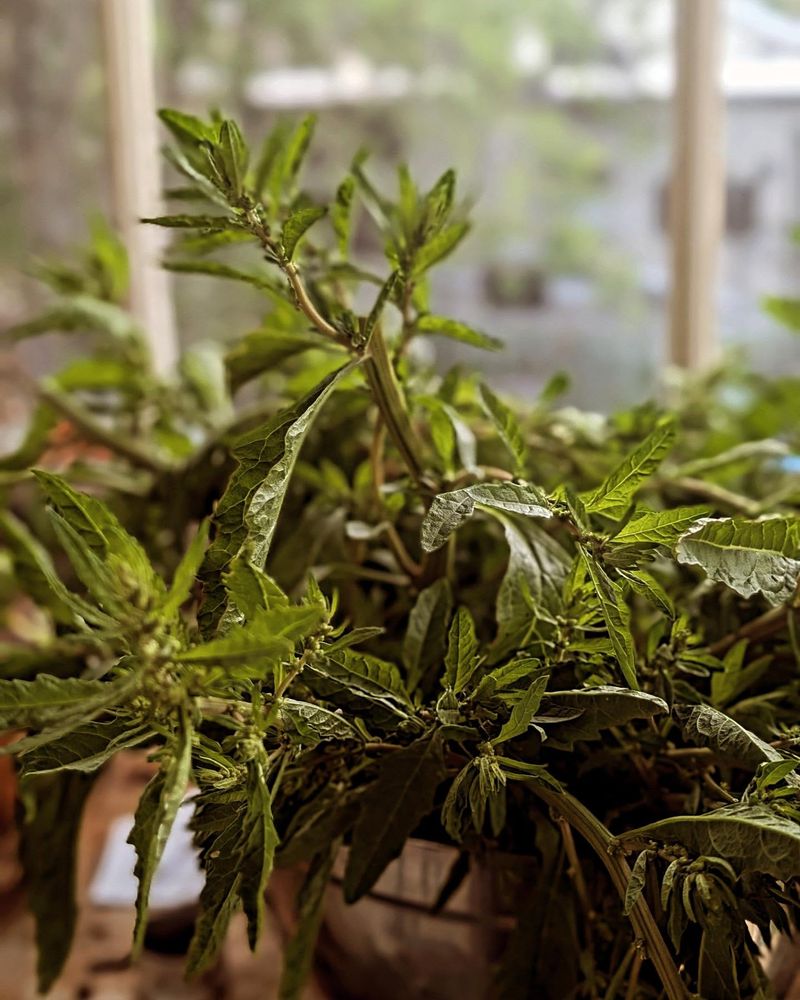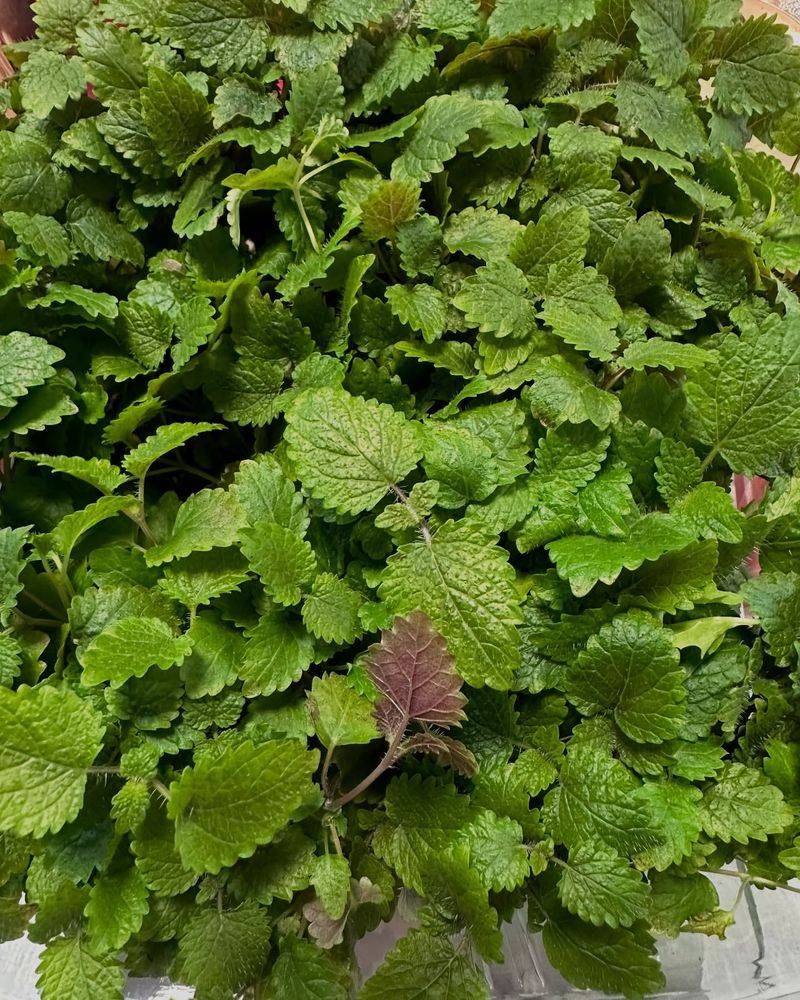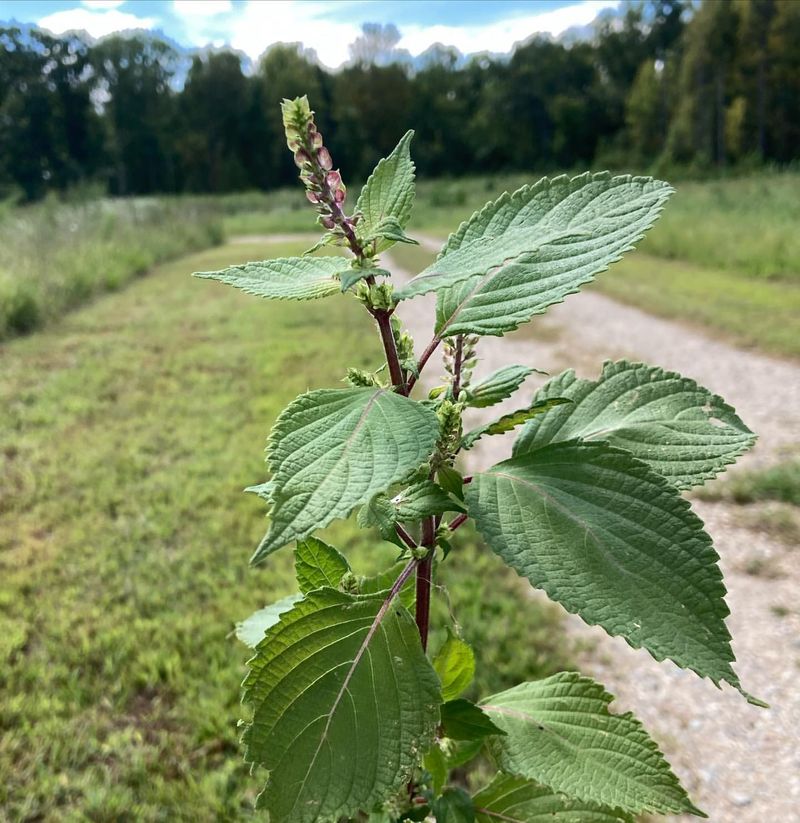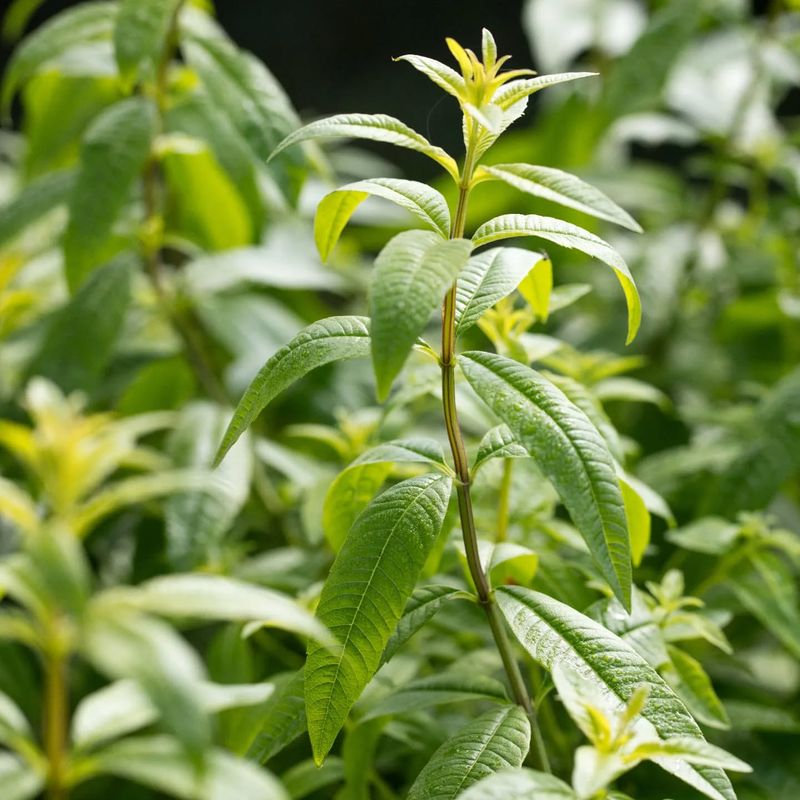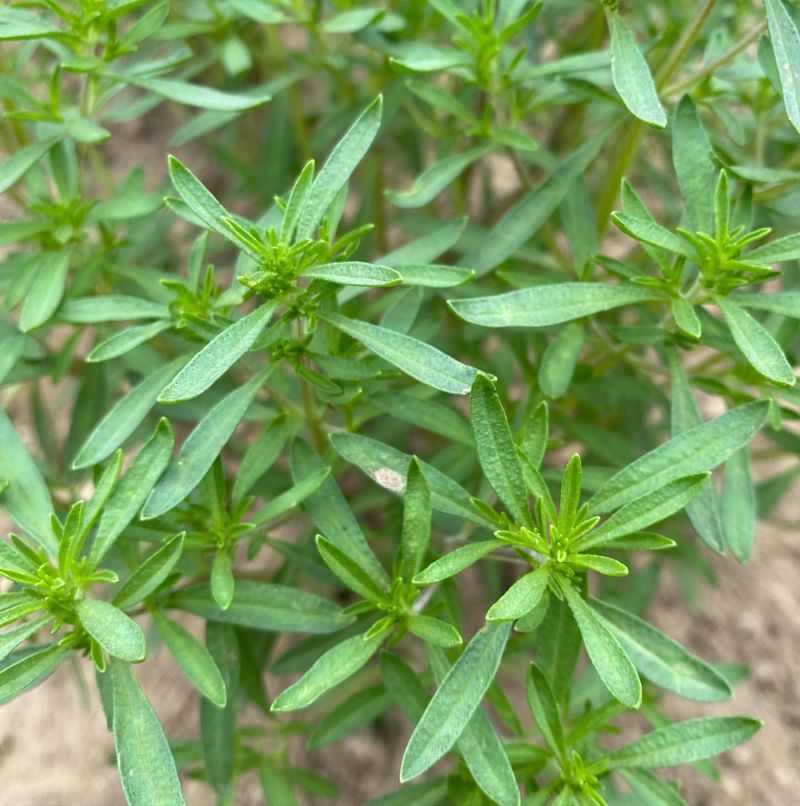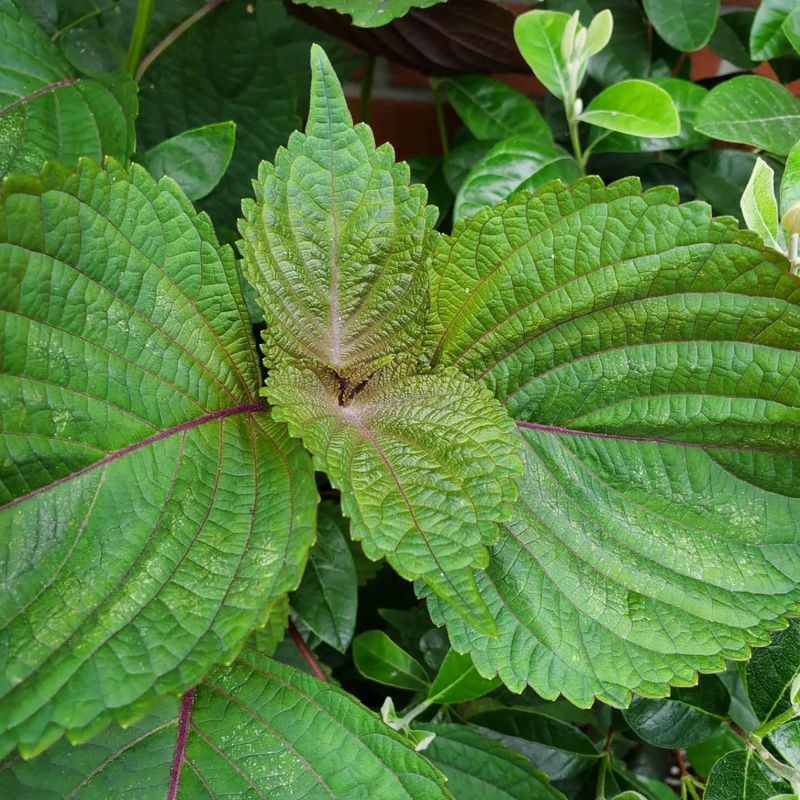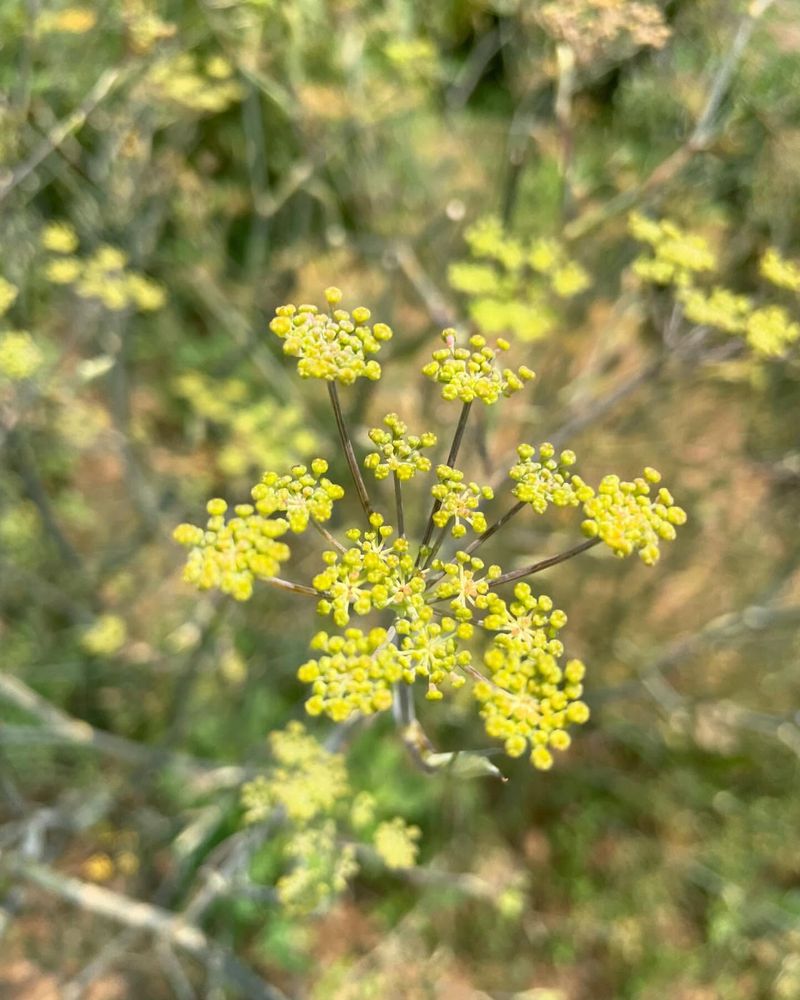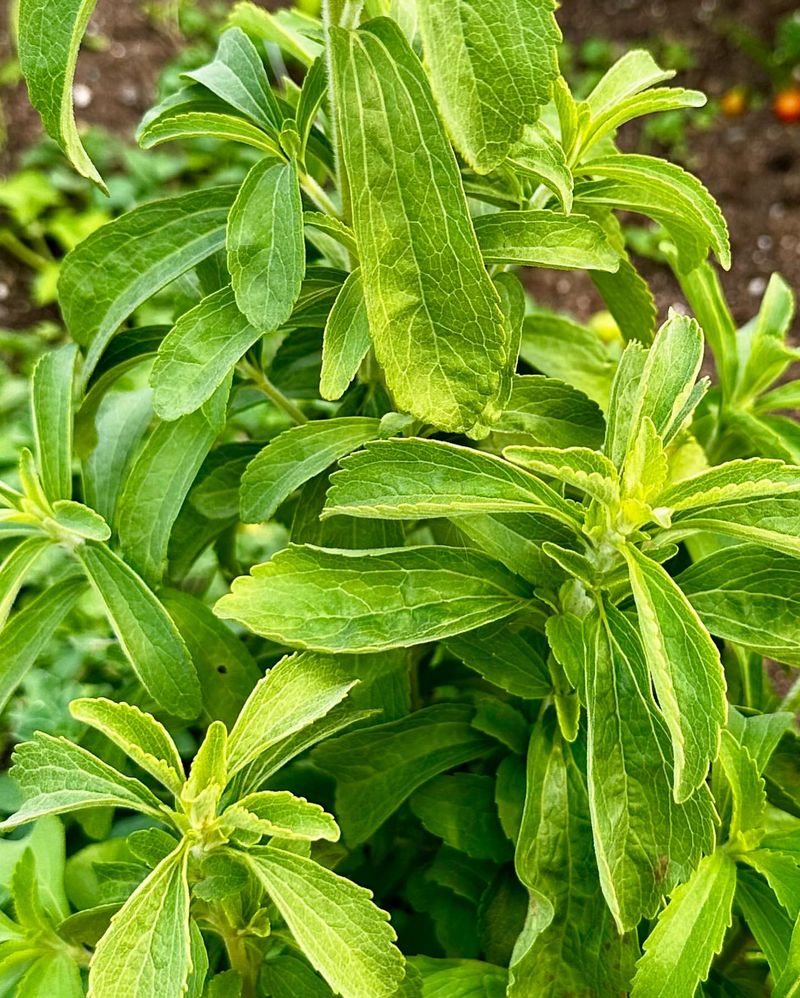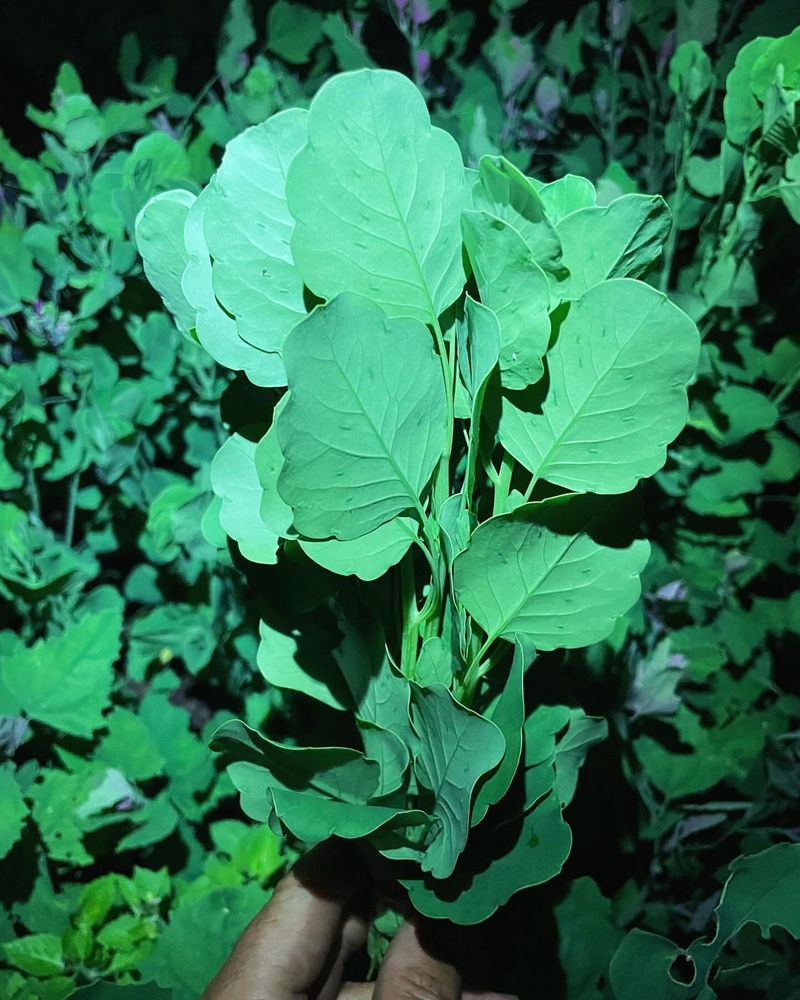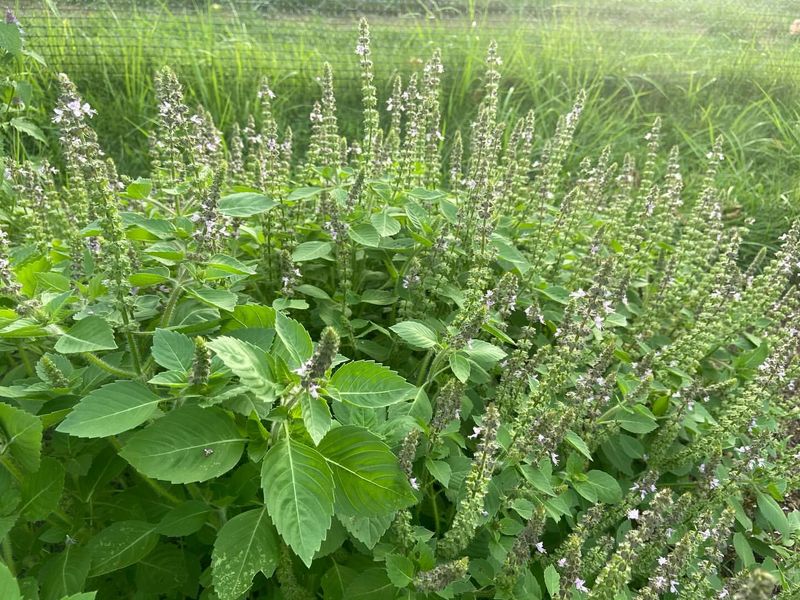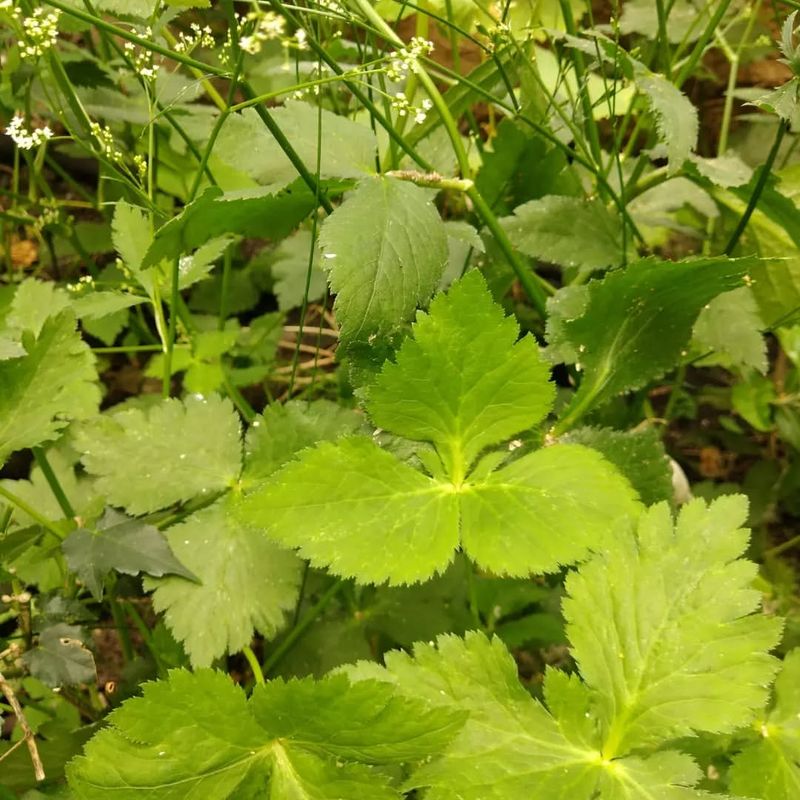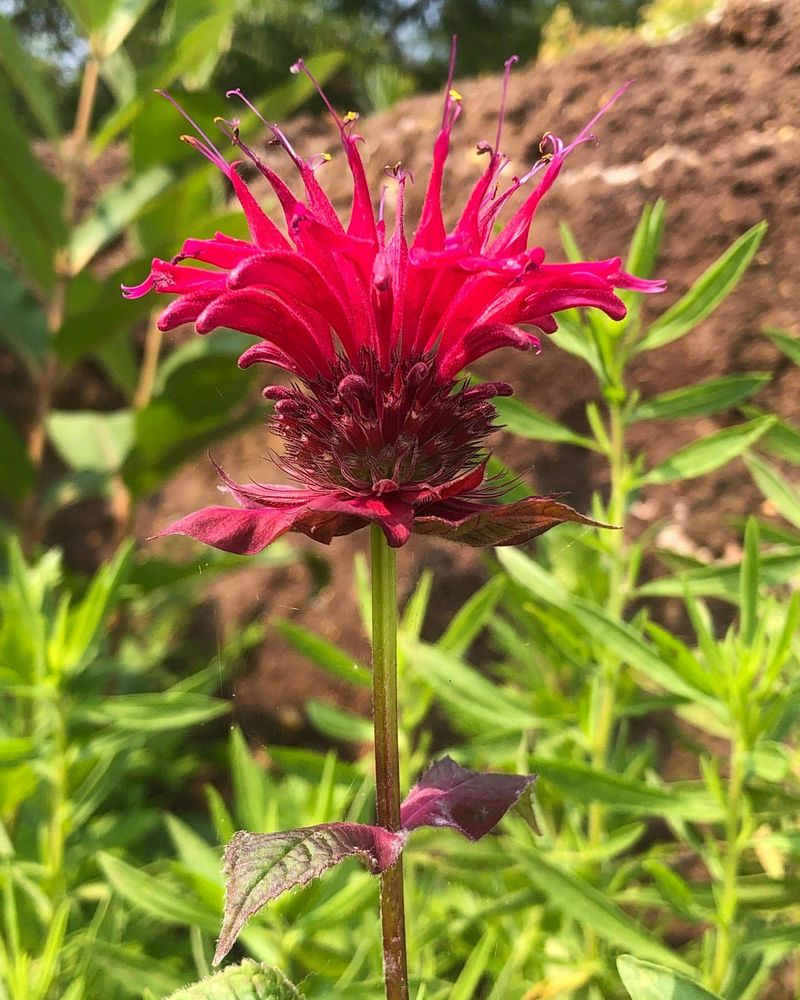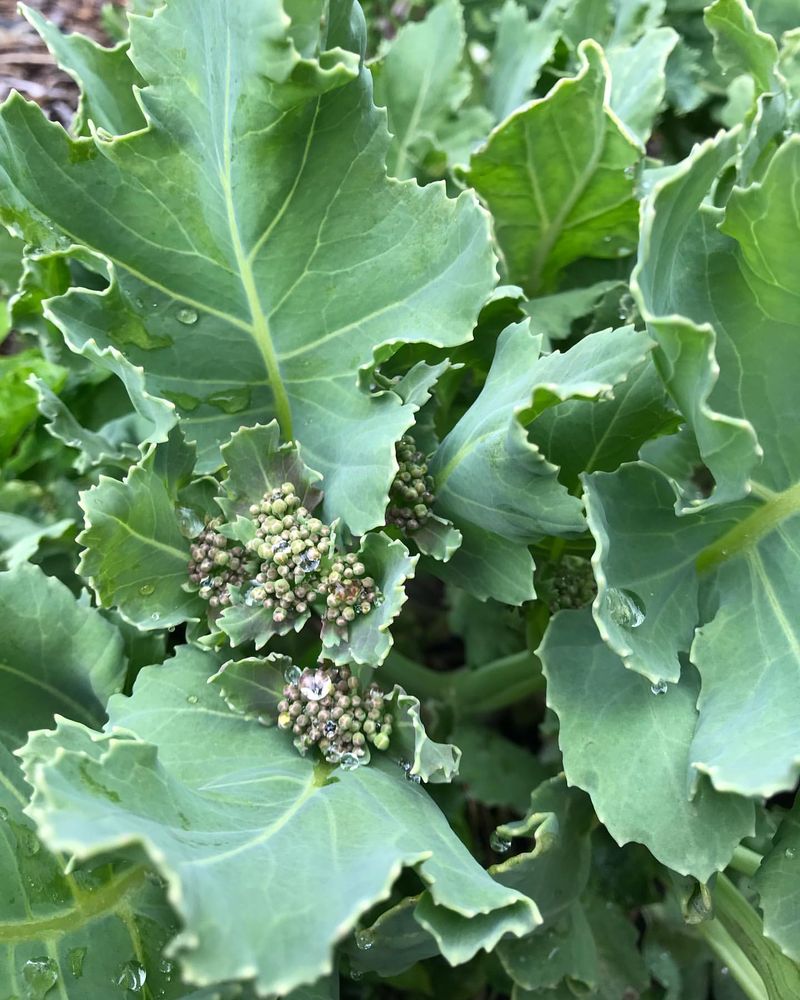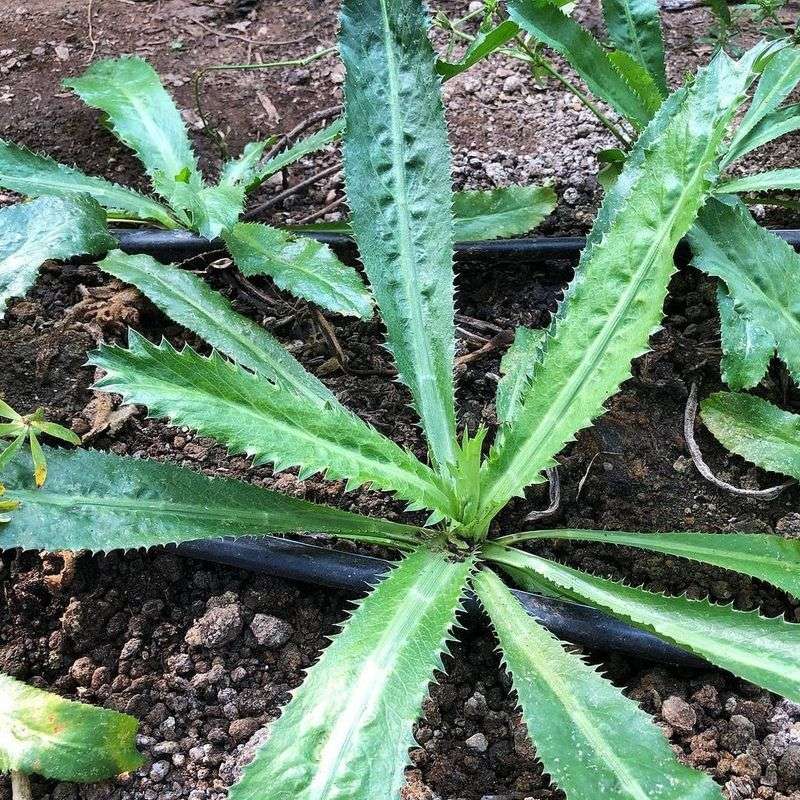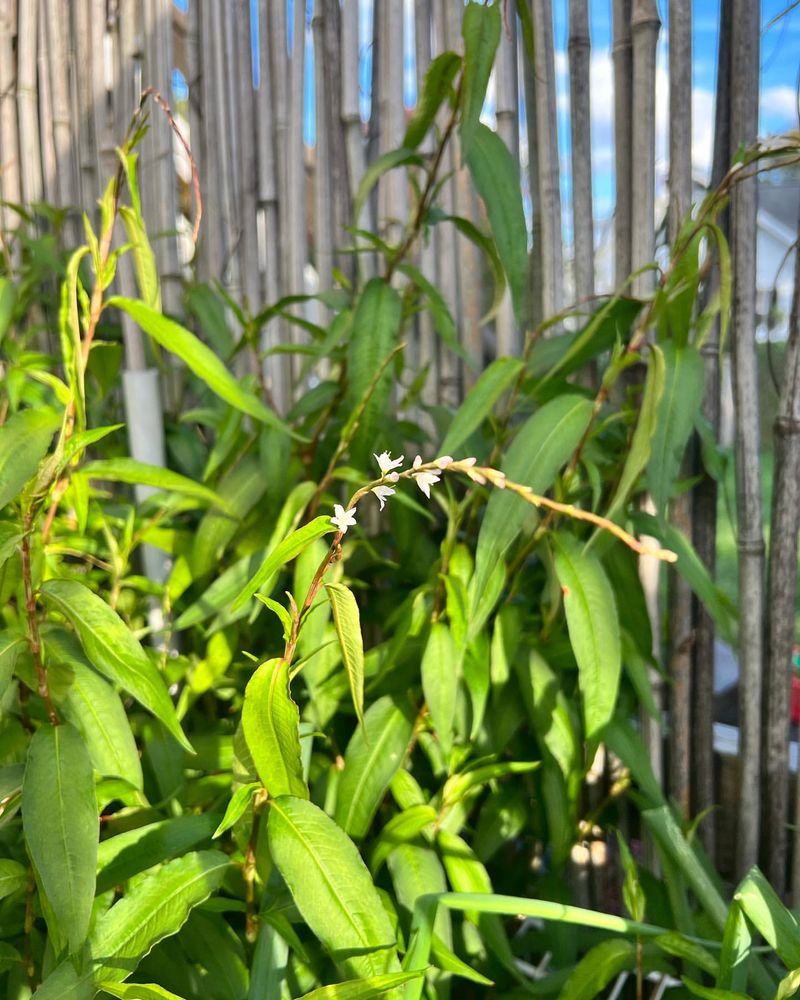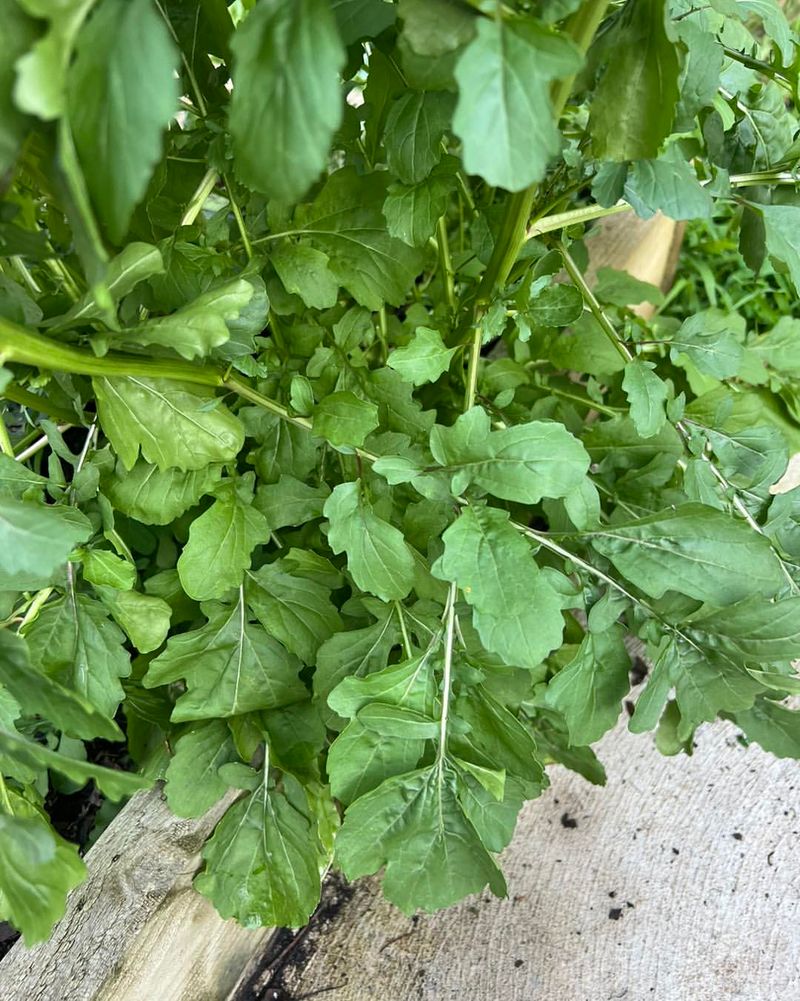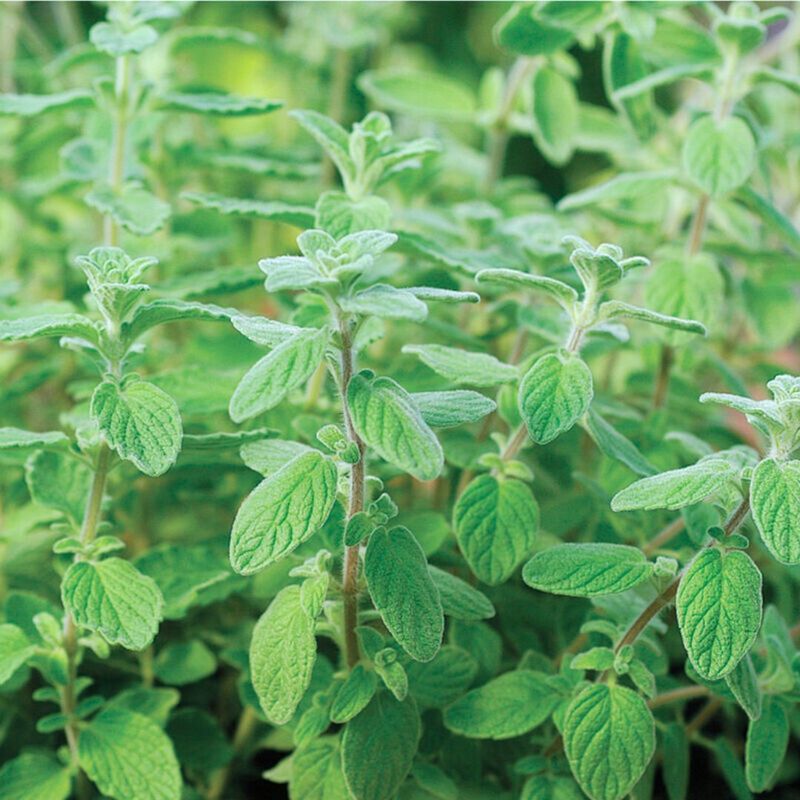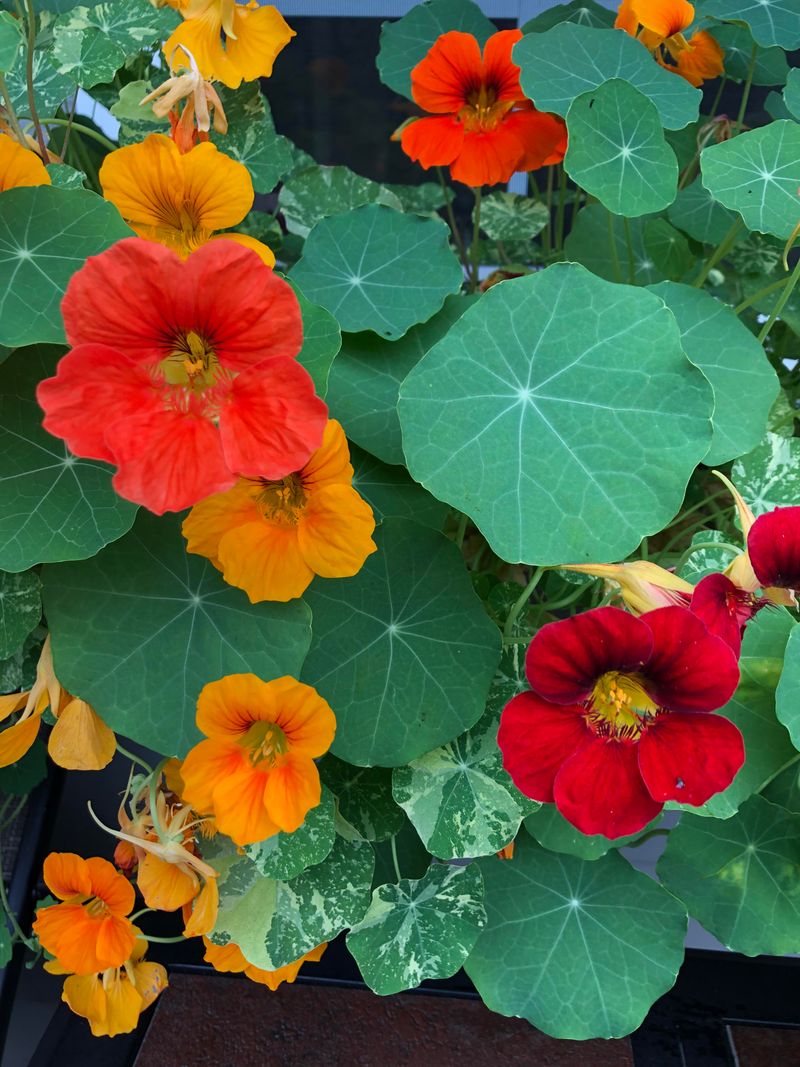Explore the exciting world of unusual edible herbs that can transform your culinary creations. These 25 unique herbs will not only add flavor and aroma but also bring an unexpected twist to your dishes.
1. Salad Burnet
Often overlooked, this tiny herb adds a fresh cucumber flavor to salads. Salad Burnet features delicate, feathery leaves that blend beautifully with greens.
To cultivate Salad Burnet, plant it in well-drained soil under full sun to partial shade. It’s a hardy perennial that flourishes in cooler climates, making it easy to grow in most gardens.
2. Borage
A delightful splash of blue, this herb brings a light cucumber taste to your plate. Borage, with its star-shaped flowers, is as decorative as it is tasty.
For an abundant crop, sow Borage seeds directly into the garden in early spring. It thrives in sunny locations and needs regular watering to maintain its lush growth.
3. Anise Hyssop
With a licorice-like flavor, this herb adds intrigue to desserts and drinks. Anise Hyssop blooms with vibrant purple flowers that attract pollinators.
To grow Anise Hyssop, provide it with full sun and well-draining soil. It’s drought-resistant once established, making it a low-maintenance choice for herb gardens.
4. Sweet Cicely
This herb brings a sweet, anise flavor to both sweet and savory dishes. Sweet Cicely’s fern-like leaves are as attractive as they are flavorful.
For best results, plant Sweet Cicely in partially shaded areas with moist, rich soil. It’s a great companion plant, enhancing the growth of other herbs and vegetables.
5. Lovage
Its bold, celery-like taste makes Lovage a standout in soups and stews. This tall herb can reach impressive heights, adding vertical interest to your garden.
Grow Lovage in a sunny spot with fertile soil, ensuring it has plenty of space to thrive. Regular watering keeps it healthy and promotes lush foliage.
6. Sorrel
A tangy twist, this herb infuses dishes with a lemony zing. Sorrel’s bright green leaves are both tart and tender, perfect for salads and sauces.
To cultivate Sorrel, plant it in well-drained soil in a sunny location. Regular harvesting encourages new growth and keeps the plant productive.
7. Woodruff
Delicately sweet, this herb is often used to flavor drinks and desserts. Woodruff’s small, white flowers and bright green leaves make it a pretty ground cover.
For successful growth, plant Woodruff in shaded areas with moist, well-drained soil. It’s a great choice for woodland gardens, adding charm to shady spots.
8. Epazote
Known for its pungent aroma, this herb is essential in traditional Mexican cuisine. Epazote’s unique taste can enhance bean dishes and soups.
To grow Epazote, plant it in a sunny location with well-drained soil. It’s drought-tolerant once established, making it suitable for dry climates.
9. Lemon Balm
A citrusy delight, this herb invigorates teas and salads with its lemon essence. Lemon Balm’s green, heart-shaped leaves are fragrant and versatile.
For optimal growth, plant Lemon Balm in well-drained soil under full sun to part shade. Regular pruning encourages bushy growth and prevents legginess.
10. Perilla
This vibrant herb adds a bold, minty flavor to Asian dishes. Perilla, or shiso, can display striking purple and green leaves.
To cultivate Perilla, plant it in warm, sunny locations with rich soil. Regular pinching of the stems promotes a bushier plant and more abundant harvest.
11. Lemon Verbena
This herb exudes a powerful lemon fragrance that brightens teas and desserts. Lemon Verbena has long, glossy leaves that are both aromatic and attractive.
For best results, plant Lemon Verbena in pots with well-draining soil, allowing it to bask in full sunlight. Regular watering and occasional pruning maintain its vibrant growth.
12. Summer Savory
With a peppery kick, this herb livens up bean dishes and stews. Summer Savory’s small, aromatic leaves are perfect for seasoning.
To grow Summer Savory, plant it in a sunny location with sandy, well-drained soil. Regular harvesting of leaves encourages more growth and prolongs the season.
13. Shiso (Green Perilla)
Green Shiso offers a refreshing minty taste to sushi and salads. Its broad, serrated leaves are both flavorful and decorative.
For a healthy crop, grow Shiso in pots or directly in the garden with rich, moist soil. Regular watering and pruning promote lush foliage and continuous harvest.
14. Bronze Fennel
This herb lends a sweet, anise flavor to salads and fish dishes. Bronze Fennel’s feathery foliage adds a decorative touch to herb gardens.
For thriving growth, plant Bronze Fennel in full sun with well-drained soil. Regular division of the clumps ensures healthy plants and a plentiful harvest.
15. Stevia
A natural sweetener, this herb can replace sugar in various recipes. Stevia’s bright green leaves offer sweetness without calories.
To grow Stevia, plant it in pots or garden beds with well-draining soil and full sun. Regular pruning helps maintain its shape and encourages new leaf production.
16. Papalo
Papalo, a lesser-known herb native to Mexico, brings an aromatic burst of flavor reminiscent of cilantro, but with a more robust and complex twist. Its leaves are tender yet full of life, adding a crisp freshness to any dish.
Traditionally used in Mexican cuisine, it pairs exceptionally well with tacos, sandwiches, and grilled meats. Its pungent aroma can be invigorating, offering a unique alternative for those seeking to explore beyond traditional herbs.
17. Tulsi (Holy Basil)
Known for its medicinal properties, this herb adds a peppery flavor to teas and dishes. Tulsi’s aromatic leaves and purple flowers are both decorative and useful.
For successful growth, plant Tulsi in pots or garden beds with rich, moist soil. Regular watering and pruning keep the plant healthy and productive.
18. Mitsuba
A staple in Japanese cuisine, this herb offers a mild, celery flavor to soups and salads. Mitsuba’s three-lobed leaves are both versatile and decorative.
For optimal growth, plant Mitsuba in shaded areas with moist, rich soil. Regular trimming of leaves encourages denser growth and more frequent harvests.
19. Beebalm (Bergamot)
With a citrusy aroma, this herb enlivens teas and salads. Beebalm’s vibrant flowers attract pollinators, adding color to your garden.
For flourishing growth, plant Beebalm in full sun with well-drained soil. Regular deadheading of flowers prolongs blooming and encourages new buds.
20. Good King Henry
An ancient herb, it adds a spinach-like flavor to soups and salads. Good King Henry’s broad leaves are both nutritious and tasty.
For a successful harvest, plant it in rich, well-drained soil with full sun exposure. Regular watering and removal of flower stalks promote leaf growth.
21. Culantro
This herb offers a stronger flavor compared to cilantro, perfect for Caribbean dishes. Culantro’s spiky leaves are as flavorful as they are unique.
To grow Culantro, plant it in pots or garden beds with well-drained soil and partial shade. Regular harvesting of leaves encourages more growth and prolongs the harvest.
22. Vietnamese Coriander
A staple in Southeast Asian cuisine, this herb imparts a spicy, lemony flavor to dishes. Vietnamese Coriander’s elongated leaves are both fragrant and flavorful.
For vigorous growth, plant it in warm, moist conditions with partial shade. Regular pruning keeps the plant bushy and encourages continuous leaf production.
23. Salad Rocket
A peppery punch, this herb livens up salads and pasta dishes with its spicy taste. Salad Rocket’s serrated leaves are both flavorful and nutritious.
To cultivate Salad Rocket, plant it in sunny locations with well-drained soil. Regular harvesting of young leaves ensures tenderness and a prolonged harvest.
24. Zaatar
A blend of herbs, it offers a zesty flavor to Middle Eastern dishes. Zaatar’s small leaves are aromatic and add depth to culinary creations.
For thriving growth, plant Zaatar in sunny spots with well-drained soil. Regular pruning encourages bushiness and a consistent supply of fresh leaves.
25. Nasturtium
Both flowers and leaves are edible, adding a peppery flavor to salads. Nasturtium’s vibrant blooms bring color and spice to your plate.
To grow Nasturtium, plant it in poor, well-drained soil under full sun. It requires minimal care, making it an ideal choice for beginner gardeners.

